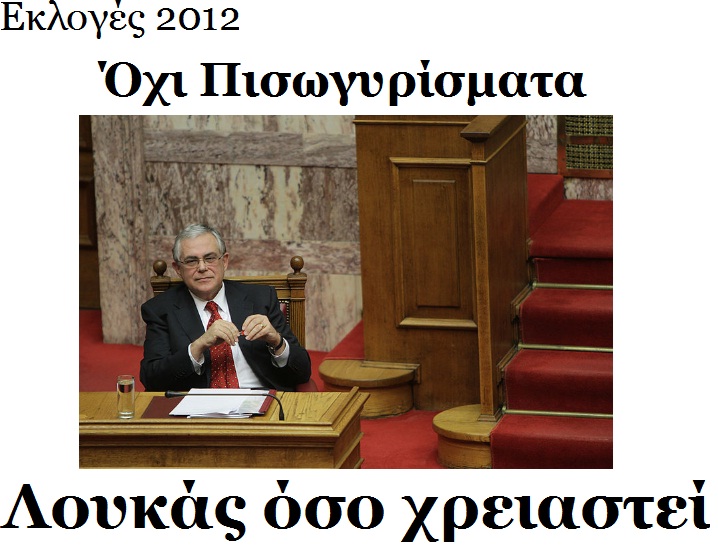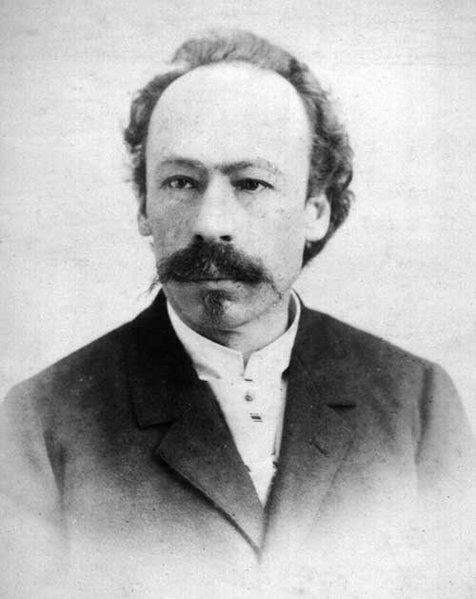<Back to Index>
- Chemist Karol Stanisław Olszewski, 1846
- Composer Daniel François Esprit Auber, 1782
- Field Marshal Jeffery Amherst, 1st Baron Amherst, 1717
PAGE SPONSOR


Karol Stanisław Olszewski (29 January 1846 in Broniszów Tarnowski (now Broniszów) – 24 March 1915 in Kraków, Galicia) was a Polish chemist, mathematician and physicist.
Olszewski is a graduate of Kazimierz Brodziński High School in Tarnów (I Liceum Ogólnokształcące im. Kazimierza Brodzińskiego). He studied at Kraków's Jagiellonian University in the departments of mathematics and physics, and chemistry and biology. He carried out his first experiments using a personally improved compressor, compressing and condensing carbon dioxide.
Olszewski defended his doctoral dissertation at Heidelberg University, then returned to Kraków, where he was made profesor nadzwyczajny (associate professor).
In 1883, Zygmunt Wróblewski and Karol Olszewski were the first in the world to liquefy oxygen, nitrogen and carbon dioxide from the atmosphere in a stable state (not, as had been the case up to then, in a dynamic state in the transitional form as vapor).
In 1884, in his Kraków laboratory, Olszewski was the first to liquify hydrogen in a dynamic state, achieving a record low temperature of -225 °C (48 K). In 1895 he liquified argon. He did not succeed, only, in liquifying newly discovered helium.
In 1896, on hearing of Wilhelm Röntgen's work with x-rays, within a few days in early February, Olszewski replicated it, thus initiating the university's department of radiology.